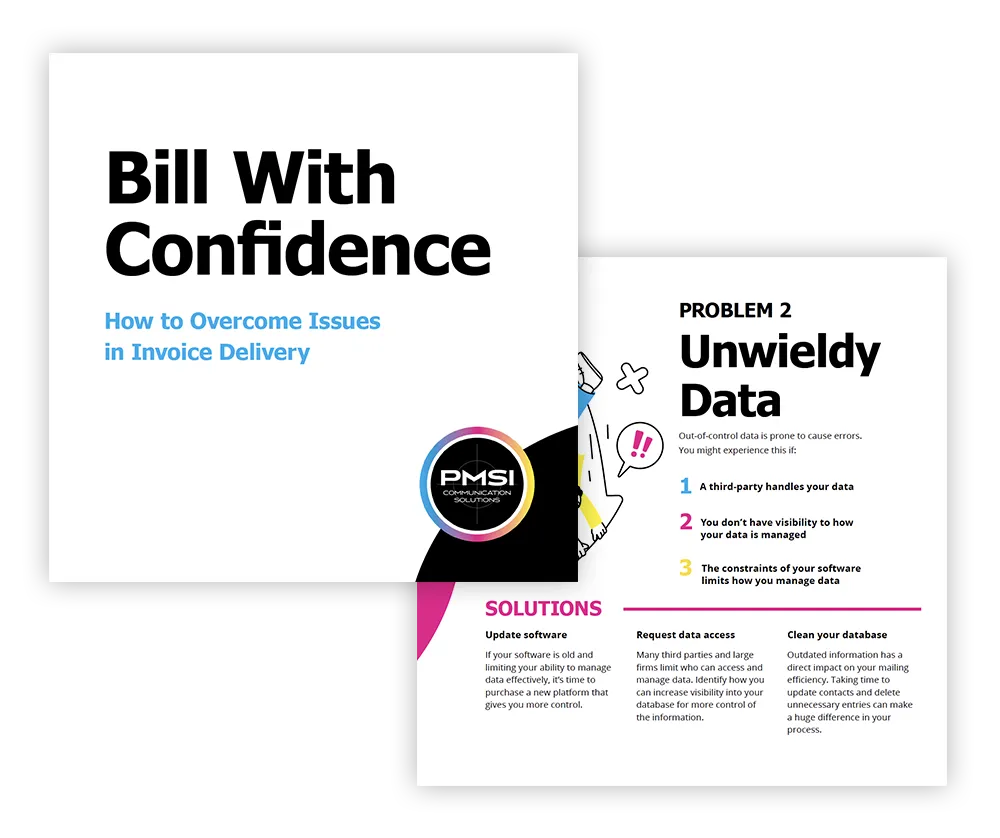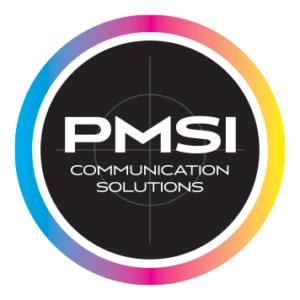A recent report revealed that 77% of financial organizations detected a cyber attack within the last 12 months. In today’s digital landscape, the financial services industry is under constant pressure to protect sensitive information.
While cybersecurity measures like firewalls and encryption software are commonplace, one area that often goes overlooked is printer security. Financial institutions routinely print documents containing personal client data, financial reports, and other highly confidential information, making network printers an often underestimated risk point for data breaches.
Unauthorized access to network printers is no small issue. Hackers and internal threats alike can exploit these devices, and the financial impact of a breach—both in terms of regulatory fines and damaged customer trust—can be catastrophic. With data protection laws such as the GDPR and PCI-DSS mandating strict protocols for safeguarding sensitive information, securing your printers is not just a good practice; it’s a legal necessity.
The Hidden Dangers in Your Printer
Many companies don’t realize the extent of potential vulnerabilities in their printer security. These devices, especially in financial services, handle vast amounts of critical data. Without proper safeguards, printers can become an entry point for cybercriminals or a source of internal leaks.
One common risk is physical unauthorized access. Printers located in communal areas are easily accessible to anyone passing by. Sensitive documents, if left unattended, can be picked up by unauthorized personnel, leading to unintended data exposure. Imagine a financial report or a client’s personal information sitting in the output tray for anyone to see—it’s a simple mistake with potentially devastating consequences.
Another major vulnerability is the network security and connection. Modern printers are connected to the same network as other business devices, making them a potential threat as an entry point for hackers if not properly secured. Without the latest security patches and firmware updates, printers can be exploited to access other systems on the network, providing a gateway for malware and unauthorized data extraction.
Adding to the risk is the fact that many printers store digital copies of print jobs on internal hard drives. If these hard drives aren’t encrypted or properly wiped before the printer is decommissioned, sensitive data can be retrieved long after it was initially printed. This creates a lasting vulnerability that too many organizations fail to address.
Finally, with the rise of remote work, mobile and remote printing has introduced new challenges. Printing sensitive financial documents outside the office can be risky, especially if done in unsecured environments like home offices or public spaces. Institutions must take extra precautions to ensure these print jobs are as secure as those done within the office.
Best Practices for Securing Your Printer
One effective way to strengthen security is by integrating solutions that streamline and protect sensitive printing processes. Additionally, leveraging integrated billing workflows can further safeguard data. For instance, PMSI’s complete transactional billing solutions help mitigate risks by ensuring secure data handling from printing to delivery.
So, how can financial institutions safeguard their printers to protect sensitive information from unauthorized access? Fortunately, there are several practical steps that can significantly reduce the risks from potential threats.
1. Incorporate Access Controls
One of the simplest ways to improve printer security is by restricting access. This can be done by requiring users to authenticate themselves before retrieving printed documents. This prevents unauthorized access to sensitive print jobs. Options include PIN codes, access badges, or biometric scans. Additionally, you can implement role-based permissions that limit the types of documents certain employees can print. For example, sensitive financial reports should only be accessible to authorized personnel.
2. Encrypt Data Transmission
Just as with any other piece of technology connected to your network, it’s essential to encrypt data being sent to and from your printers. Using encryption protocols like SSL/TLS ensures that sensitive documents are protected in transit. For added protection, implement end-to-end encryption, ensuring that documents are secure from the moment they are sent to the printer until they are retrieved.
3. Regularly Update Printer Firmware
Outdated software is one of the most common points of vulnerability for any networked device, and printers are no exception. Printer manufacturers frequently release updates to patch security flaws. Regularly checking for and applying these updates can drastically reduce the risk of cyberattacks.
4. Segregate Printers from the Main Network
Another effective measure is network segmentation. By placing printers on a separate VLAN (virtual local area network), you can limit access to the broader corporate network, thereby minimizing the risk of a printer being used as an entry point for a larger attack. Similarly, use firewalls and intrusion detection systems to monitor and control printer activity on the network, identifying any suspicious activities.
5. Adopt Secure Print Solutions
Many financial institutions are adopting pull-printing technology, where print jobs are only released when the user is physically present at the printer. This eliminates the risk of sensitive documents being left unattended. Additionally, utilizing a print job tracking system allows organizations to maintain logs of who printed what, when, and where, offering greater accountability and peace of mind.
Data encryption is also vital in secure printing. It protects files from being intercepted during the printing process, keeping information safe from unauthorized access, even if it’s sent over a network.
6. Proper Disposal of Printer Hard Drives
When it’s time to replace or retire a printer, ensure that its internal hard drive is properly wiped or encrypted to prevent sensitive data from being accessed later. Simply decommissioning a printer without wiping its storage could leave your organization vulnerable to data theft long after the device is no longer in use.
Navigating Regulatory and Compliance Requirements
Financial institutions operate under stringent regulatory environments. General Data Protection Regulation (GDPR) and PCI Data Security Standard (PCI-DSS) are just two of the many data protection regulations that require organizations to secure personal and financial information. Failure to comply with these regulations can result in hefty fines, not to mention the loss of client trust.
To ensure compliance, institutions need to integrate printer security into their overall data protection strategy. This includes maintaining documentation of security protocols, conducting regular audits of printer access logs, and ensuring that firmware is up to date. Financial regulators are increasingly scrutinizing how organizations manage not just their digital systems but also their physical and peripheral devices like printers.
The Business Benefits of Secure Printing
Beyond regulatory compliance, implementing robust printer security brings a host of benefits to financial institutions. First and foremost, it prevents data breaches, which can have a significant financial and reputational cost. By protecting sensitive client information, financial institutions can avoid the legal ramifications and business disruption that typically follow a breach.
Secure printing also improves operational efficiency. Solutions, like pull printing and job tracking, streamline document workflows, reducing the time employees spend tracking down misplaced print jobs or handling errors. As a result, organizations benefit from both heightened security and improved productivity.
Moreover, demonstrating a commitment to client trust and security helps maintain strong relationships with clients. In the financial services sector, where trust is paramount, showing that your firm takes data protection seriously is essential for building long-term customer loyalty.
Finally, secure printing can lead to cost savings. Preventing data breaches avoids the financial hit of fines and recovery costs. Additionally, consolidating print management and adopting secure practices can reduce waste and make more efficient use of resources, providing peace of mind for financial institutions.
Outsourcing printing services can also enhance operational efficiency and security. By outsourcing critical functions, you can tap into specialized security measures and advanced print management technologies.
Final Thoughts
At PMSI, we understand the unique security challenges faced by financial institutions. With over four decades of experience in secure printing, we provide end-to-end solutions that protect your sensitive data from the moment it enters our system until it’s safely delivered. Our in-house programmers ensure quick response times to any software issues, and we offer PDF archival and retrieval for secure record-keeping. PMSI’s integrated services help financial institutions maintain regulatory compliance while safeguarding critical information.
Our dedicated security experts work with you to customize a print management solution that fits your institution’s needs, ensuring both data security and operational efficiency. Whether you’re looking to enhance document tracking, implement encryption, or streamline your workflow, PMSI is here to help you safeguard sensitive information and remain compliant with evolving regulations.
In the financial services sector, printer security is no longer optional—it’s a necessity. By implementing best practices such as encryption, access controls, and firmware updates, financial institutions can significantly reduce their risk of data breaches. Secure printing not only protects sensitive client information but also enhances operational efficiency and ensures compliance with strict regulatory standards.
For institutions looking to strengthen their print security, partnering with a trusted provider like PMSI can make all the difference. With decades of experience, PMSI delivers secure, end-to-end solutions that protect your data and streamline your printing processes. Stay ahead of the curve on data security and best practices in financial services. Sign up for our newsletter today and get the latest insights, tips, and expert advice straight to your inbox!





